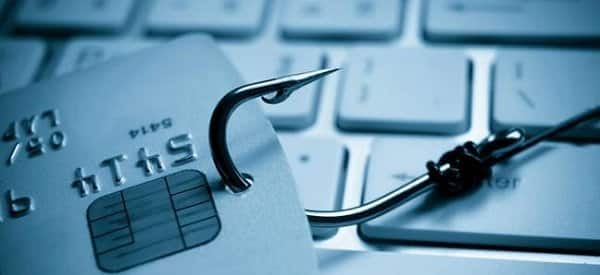Spear phishing and classic phishing are not one and the same. Discover how spear phishing emails differ from their classic counterparts and how to protect your company from spear phishing scams.
Spear phishing and classic phishing email attacks are not one and the same. From a bird’s eye view, they look remarkably similar. That’s because in both types of scams, cybercriminals masquerade as a reputable person or a legitimate organization in order to dupe the email recipients into providing sensitive information (e.g., account numbers, login credentials) that will ultimately be used to steal money or data.
However, a closer look reveals some important differences. For starters, hackers send significantly fewer emails in a spear phishing scam because the emails are customized. Instead of sending a generic email to the masses, the cybercriminals target specific individuals and personalize the emails sent to them. The emails typically include the target’s name and present the call for action (i.e., the action they want the person to take) in a context that makes sense to the recipient. Because these scams take more time and effort to carry out, companies are typically targeted, as they often have deeper pockets than individuals.
Table 1 highlights how spear phishing emails differ from classic phishing emails.
Table 1. Comparison of Classic Phishing and Spear Phishing Emails
| Classic Phishing Emails | Spear Phishing Emails | |
| Target | Individuals and businesses | Businesses |
| Distribution size | An extremely large number of people | A small number of people |
| Personalization | None | Moderately personalized |
| Greeting | No greeting, a generic greeting, or the recipient’s email address | The email recipient’s name |
| Tone of message | Urgent tone | Softer, more professional tone |
| Desired action | Click a link or open an email attachment | Click a link or open an email attachment |
| Context in which the call for action is presented | One-size-fits-all context that might not make sense to some recipients | Context is personalized and makes sense to each recipient |
| Has a deceptive sender email address | Sometimes | Often |
| Includes misleading links | Often | Often |
| Has a weaponized email attachment | Sometimes | Sometimes |
How Hackers Personalize Their Emails
Hackers use a variety of techniques to get the information they need to personalize the spear phishing email. After they select a company to attack, they might do some or all of the following:
- Visit the company’s website to learn about the company’s operations and to obtain employees’ names, titles, and email addresses.
- Visit social media sites like LinkedIn and Facebook to obtain information about the company and its employees.
- Perform Internet searches to learn the industry lingo and become familiar with common processes used in the industry. Cybercriminals also might perform searches to learn more about the employees who will be receiving their spear phishing emails.
- Send out classic phishing emails to all employees at the company. The emails might request details about the business or a certain employee. Or the emails might install malware designed to obtain some data needed to carry out the spear phishing attack.
- Call the company to get specific information (e.g., a job title or email address) the hackers haven’t been able to attain elsewhere.
After the hackers have the information they need, they create the spear phishing email. They try to get it to look like a legitimate email from the person or organization they are masquerading as. That way, the email’s legitimacy is less likely to be questioned.
How to Protect Your Business from Spear Phishing Attacks
To protect your business from spear phishing attacks, you can use a two-pronged strategy. First, you should try to prevent spear phishing emails from reaching your employees by keeping your company’s email filtering and security software up-to-date. You might even want to consider getting an email security solution designed to catch spear phishing and other types of malicious emails. In addition, you should make sure that potentially sensitive information (e.g., employee email addresses) is not publicly available.
Second, you need to educate employees about spear phishing emails. Because spear phishing emails are personalized, they are more difficult — but not impossible — to spot. Show employees how to check for deceptive sender email addresses and misleading links, as they are often found in spear phishing emails. And be sure to warn employees about the risks associated with opening email attachments, as they might be weaponized.
If you would like more recommendations on how to protect your business from spear phishing and other email-based attacks, contact us, we can help.

